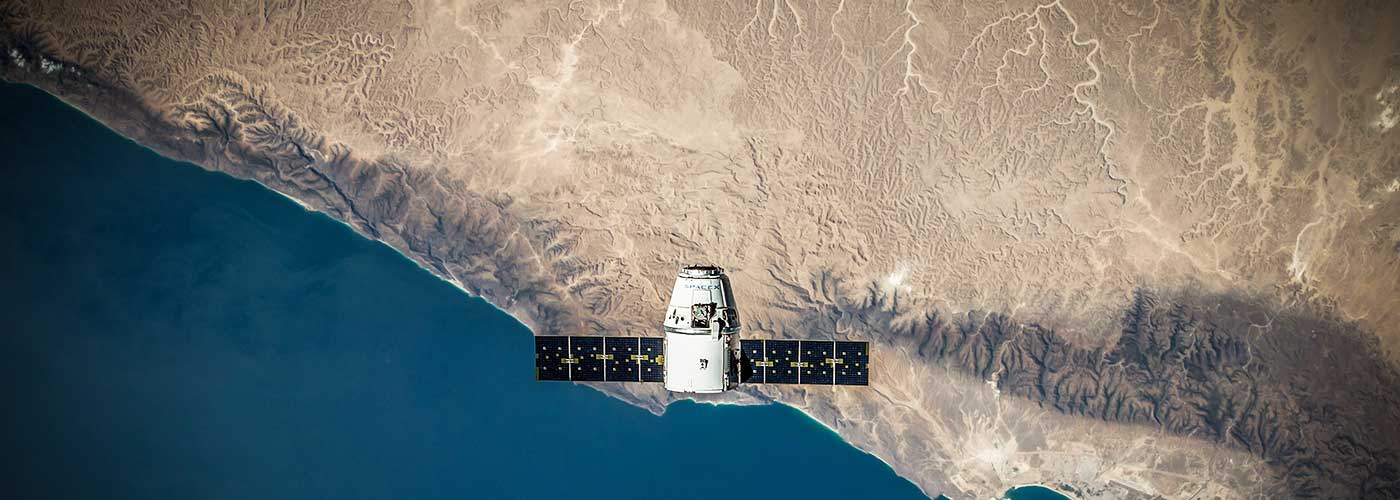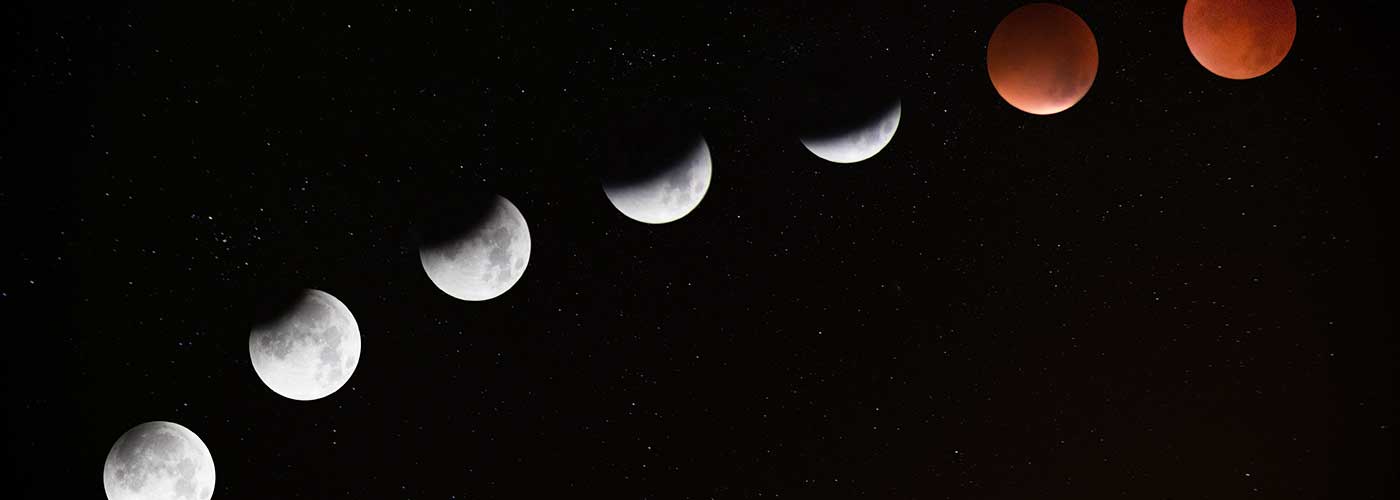No one should feel like we can rocket off to Mars until we first clean up the mess we’ve made on Earth. By the time those of us living in the industrialized world reach the age of 18, we will have left a carbon footprint of 360 metric tons – compared with 80 metric tons for others on the green planet.
We are waist-deep in one of the greatest change climates of all time. Today, we face problems we didn’t have ten – or even two – years ago. Not since the Renaissance have we been faced with change and disruption at scale across categories spanning technology, demographics, money, education, even attitudes toward sex, race, religion, ethics and more.
With great change comes great opportunity. Tweet This Quote
But with great change comes great opportunity. In order to create a better tomorrow, we must baseline where we are today. No matter what, these metrics represent where we are today.
We used to think food was good for us.
Today, food has become a metaphor for poison. Lettuce, spinach, broccoli, almonds, pizza, hot dogs, and roma tomatoes have all been hosts transporting diseases from e. coli to botulism.
As we roll down the grocery aisle, first up in our decision tree is to ask whether our food contains too many calories, carbs, pesticides, herbicides, processed ingredients, modified genetics, allergens, sugar, fat, salt, lactose, or gluten.
For good reason. According to the FDA, nearly all fish and shellfish contain traces of toxic mercury; swordfish, shark, king mackerel, and tilefish are especially dangerous. Farm-raised salmon, trout, tilapia and other finned foodstuff — grown in controlled agricultural environments — can also contain abnormal mercury levels. Red meat and dairy have their own side effects.
We are going to need at least three planets to support our current lifestyle. Tweet This Quote
Even the common peanut butter sandwich has flipped from comfort food to cause for concern. The number of children living with a peanut allergy tripled between 1997 and 2008. The possibility of a child innocently consuming peanuts, which can cause allergic reactions, has revised school cafeterias, birthday parties, and play dates. Not since prehistoric man shuffled through forests have we been so wary of our food.
And there’s more. Alexander Muller of the United Nations Food and Agriculture organization cautions that the world’s food sources have narrowed to only a dozen crops and 14 animal species.
So, while we blithely grab strawberries in January, asparagus in March, and blueberries in December, you might process how these fruits and vegetables have shipped to our grocery stores from geographies thousands of miles away.
Often, locally grown foods that are tastier and more nutritious (from farmers markets, the local co-op, or Whole Foods) are also more expensive. The equation of high nutrition and high cost becomes political as better nutrition becomes further from reach for lower income populations.
If we all live like contemporary North Americas, we only have enough resources to support 1.2 billion people. Tweet This Quote
Then, there is the race for resources. China, for example, is said to fly daily from St. Louis. Who’s on board? Cattle. And whether the animals are breeding stock or filets, the act itself reveals not only the lengths to which nations must go, but also the extreme challenge of obtaining resources.
Let’s put it this way. As you may have heard, the earth’s population is now 7 billion people. By 2050, the population will be 9 billion. According to people like Sir Ken Robinson, if we live like Rwandans, our earthly resources can support 15 billion people.
If we live like contemporary North Americas, however, we have the resources to support only 1.2 billion. We will need at least three planets to support our current lifestyle. How on Earth will we manage?
In the future, will we eat from sky gardens? Can local gardens and local seed sourcing help supply fresh food for low-income families? Can we reduce dependence upon food produced thousands of miles away? Can we grow our own?
Something for everyone to chew on.
The weather used to be our friend.
Sure, it could be too warm or too cold, too wet or too dry, but blue skies never used to carry a warning label of potential melanoma. Too much sun, the scepter of global warming and meteorological extremes, now threatens our food, shelter, and natural resources.
Our entire planet suffers from torrential flooding, temperature fluctuations, and changing weather patterns. Megastorms that predictably happen once every 500 years happened eight times this year across the United States. Worse, scientists now admit our human footprint is responsible for climate change. They have even coined a term for it: anthropogenic.
Megastorms that predictably happen once every 500 years happened eight times this year alone across the U.S. Tweet This Quote
Unpredictable weather patterns have disruptive effects on crops, habitats, and living environments, putting animal species – as well as human towns and cities – on the extinction list. (NASA scientists are already witnessing the greening of the Arctic.) The effects are already at Biblical proportions, and there is no Noah and no Ark.
The subject of our polluted planet has been analyzed to death. However, simple facts emerge no matter which side of the argument you’re on.
Sea levels are rising. Islands are disappearing. Beaches and shores are being submerged. Air moisture levels are accelerating as glaciers and ice caps evaporate. Water-soaked air creates violent storm patterns that pelt floods back down onto the Earth. Our planet is becoming a hot, sticky mess.
Archaeologists remind us that ruins of ancient cities lie off the shores of the Mediterranean Sea. These were once vibrant, populated communities. But just as glaciers receded thousands of years ago, water levels rose. So, why should we think that shoreline-hugging metropolises like Shanghai, London, New York, and Naples might suffer better treatment than those ancient hubs? Villages perched on Arctic permafrost and islands around the world already are disappearing, turning the planet into a tropical forest.
Look outside. Is it raining?
As culture disappears, so does human perspective.
Weather patterns, native habitats, and species aren’t the only things disappearing. Human cultures are also eroding.
Language is how we interpret our planet. Once languages are lost so are cultures, and no DNA cooker can revive them.
Language diversity helps to ensure human diversity. Communities are defined by words and symbols, and indigenous languages are dying around the world at a rate of about two per month. These include Deti-Khwe, Coptic, Morokodo, Geez, Eyak, Nagumi, Yaaku, Khamyang, Ibu, Luhu, Chhintang, Kanakanbu, and over 700 other languages likely to be lost by the time you read this.
Language is how we interpret our planet, and once languages are lost, so are cultures. Tweet This Quote
With the loss of language comes the loss of knowledge, social memes, and worldview. Language is as much an artifact as it is a treasure. As critic Robert Hughes points out, when Spanish autocrat Franco sought to extinguish the Barcelona Catalans during the 1939 Spanish Civil War, he first sought to destroy their language. He forbade speaking Catalan in public and ordered citizens to speak only Spanish.
Louisa Maffi, Secretary of the International Society of Ethnobiology, tells of a Tzeltal Mayan man who carried his daughter to a center for diarrhea. The man, reports Maffi, had a vague memory of a “grasshopper leg herb” once well known in the Tzeltal lexicon as a natural cure for diarrhea. But because the man could scarcely remember the words, he lost invaluable medical knowledge gained through millennia of human existence.
What other knowledge are we losing? Is there a way for big data to capture this knowledge and perspective before it is lost forever?
Peace on Earth.
Religious faith, economics, and politics are a three-pronged stool upon which we base societies. War is a $410 billion industry. Religious faith is one cause for terrorism, civil wars, and bloodshed. According to Harvard sociologist Edward O. Wilson, conflicts arise due to tribalism and “those faithful to different myths.”
Meanwhile, the world’s major economies have divided geographies into “haves” and “have nots” not only in terms of economic welfare, but also in terms of those able to arm themselves with weapons of mass destruction, and those who are not. Lately, we have (hopefully) abandoned the threat of nuclear war. (Although, at the time of this writing, North Korea has discovered the atom bomb and Russia has discarded a nuclear arms treaty.)
Indigenous languages are dying around the world at a rate of about two per month. Tweet This Quote
Political schisms still exist as nations decide their political order. Dictatorships, democracy, forms of socialism, and religious jihad have all created political imbalance throughout the world.
Human nature is such that, when we find ourselves rubbing elbows with our fellow species, we fight. We must understand that weapons are a tool for warfare, but not the cause. Greed, jealousy, selfishness, and the tenuous state of human nature can all be faulted.
We must rid ourselves of preconceptions and traditional mindsets if we are to survive. We must recognize the perversion of religious spirituality for political ends. We must understand the difference between force and power. While we solve for problems, we must be conscious that sometimes (often blindly) we create new inequalities. Of course, people have been waging war for peace for decades. WWI, the “war to end all wars,” ended a hundred years ago. And still, at Stanford University in Palo Alto, California, BJ Fogg’s Peace Innovation Lab is working out how to incentivize peace over destruction – and collaboration over conflict – to achieve what his team calls “positive peace.”
Who’s going to save the world? You are. Tweet This Quote
Personal enlightenment and mindfulness are pathways to create peace for individuals. Jesus, Mohammed, and Buddha have all advocated for the peaceful existence of humankind.
As populations grow, it will become a biological necessity that political, social, and religious thought align around peaceful coexistence. Good luck.
This is just a snapshot of the big picture.
These examples provide opportunities as well as challenges: the frailty of global leaders; the blindness of financial leaders unable to curb the excessive byproducts of success; the rise and tumble of middle-classes around the world; the political and financial gaps between the world’s poorest peoples and the ultra-rich; and the folly of disunited nations and global climate change.
As the future unfolds, we will be exposed to new events that will give us a whack on the head. Corporations like Google, Pearson, TimeWarner Cable, IBM Watson and others (like Unreasonable Group) have taken on enormous responsibilities to help solve problems like water crises, literacy, microeconomics, safety for women and more.
But it is not enough to suggest that governments and organizations do all the work. The survival imperative is to evolve. Start thinking differently, talking differently, and acting differently. Who’s going to save the world? You are.



